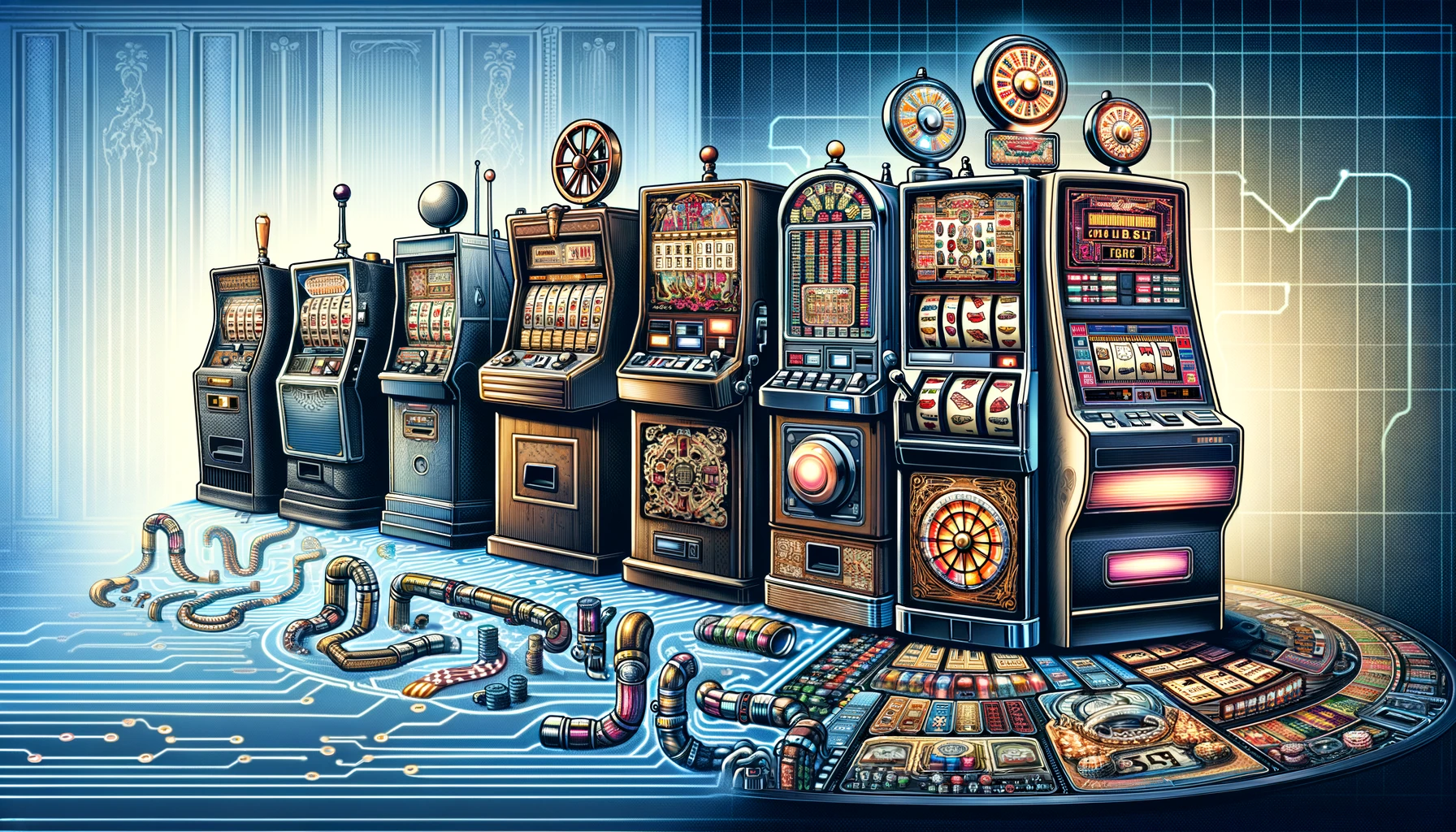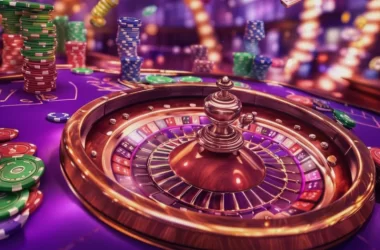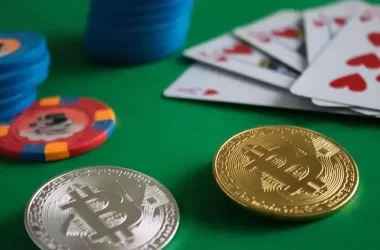Charles Fey of San Francisco created what we now refer to as slot machines during the late 1800s. His Liberty Bell machine featured three reels and one pay line, giving players an opportunity to win cash or chewing gum by lining up certain symbols on its three reels and single payline.
In the 20th Century, electromechanical slots saw significant advances. Chicago manufacturer Bally introduced Money Honey as the first machine capable of offering automatic payouts of up to 500 coins at once.
The Liberty Bell
One-armed bandits (slots), also referred to as one-armed bandits, date back to the late 19th century. Charles Fey’s San Francisco machine shop created its first machines, which quickly gained popularity at bars, barber shops and cigar stores around San Francisco. These mechanical marvels used reels with symbols like horseshoes, diamonds, spades and Liberty Bells which could be spun with just the pull of a lever before players would await payout.
Their appeal lay in their simplicity and passivity of gambling experience; no need to learn blackjack rules or understand complicated betting on craps games like this one; simply put a coin into a slot and pull on its handle – giving rise to one of our beloved casino classics today!
The Sittman and Pitt
Sittman and Pitt of Brooklyn created what many consider the predecessor to modern slot machines in 1891. Based on poker, it featured five drums carrying 50 cards that allowed users to create winning combinations automatically without needing an attendant to assist.
This period also saw the advent of gum-vending attachments for machines, which helped manufacturers bypass new laws that banned gambling in bars and saloons. This marked a key turning point in slots history as they quickly spread into venues such as bowling alleys and amusement parks; featuring more themes with larger payouts than before. Later came computerized machines capable of replacing physical reels with virtual ones and providing access to an extensive array of games for users.
The Mechanical Era
After the Liberty Bell’s success, Fey rushed to expand his mechanical machine production and place them in bars and saloons as entertainment venues. This period also witnessed governments gradually accepting slot machines due to their potential tax revenue potential.
Computer innovations pioneered progressive prize pools for the first time. A small portion of every coin-in would be added to a shared prize pool that any player could access once enough coins had been inserted to activate a jackpot prize pool.
By taking advantage of this major development, slot games began showcasing more innovation with designs and themes, including adding new symbols beyond those seen since 1890 – such as bells, bars and 7s – such as bells, bars and 7s. Manufacturers gradually moved towards fully electronic machines like Bally’s Money Honey in 1963 – thus leaving no room for side levers to become redundant.
The Electronic Era
Slot games quickly evolved as an effective solution to initial prohibitions against poker-style gambling machines, quickly taking various forms to attract players and remain popular. Now more than ever before, slot games offer diverse themes, jackpots, and features tailored specifically to different tastes and players’ preferences.
Bally created its first electromechanical slot machine – Money Honey – in 1963. While similar to mechanical slots, its electronic components enabled for automated payouts of up to 500 pennies without an attendant being needed.
The next major advancement came in 1976 when Californian company Fortune Coin launched the world’s first video slot. This groundbreaking innovation revolutionised slot gaming by visually depicting spinning reels and symbols while providing faster play and advanced bonus features to appeal to gamblers.
The Future
Slot machines remain an integral component of the gambling industry and their popularity shows no sign of abating. As with other forms of gambling, slots have grown and evolved over time to remain relevant and offer players new experiences.
Sittman and Pitt Company invented the first modern slot machine in 1891, featuring five drums with 50 card faces each costing just one nickel to play. Based on poker, its pay outs were determined by each spin’s hand created from results generated by each drum.
Though these early machines were crude in design, they proved popular. Some believe that these early machines inspired fruit-related symbols seen today in slot games, while psychologists have observed that video slot players reach an addiction level three times faster than people playing traditional casino games.












